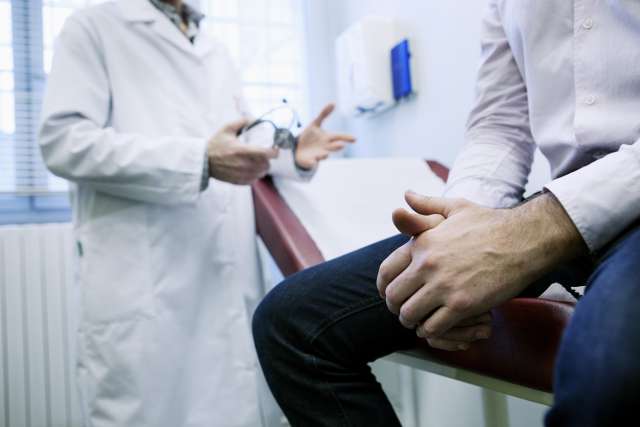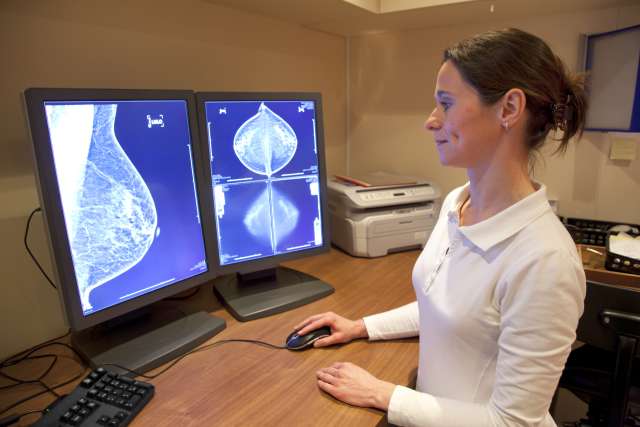Facing cancer is a challenging experience, not only for the patient, but for their primary caregivers.
“We have a responsibility to support families of cancer patients as well as the patients themselves,” says interfaith chaplain , who leads caregiver support groups for the
“Caregivers put the patient first because of love, and to put it simply, love makes us empathetic,” Buchanan says. “Empathy is a consuming emotion because it does not have any limits placed on it. Their love makes it a perpetual kind of commitment … so there isn't a time in most caregivers’ lives to think of themselves.”
Caregiving is a compassionate act, in which caregivers not only tend to their loved ones’ physical needs but hold space for their emotional experiences of suffering and fear.
“The goal of caregiving isn’t to cheer the other person up,” Buchanan says. “It’s to be with them, to be emotionally open and present with them. That’s what a caregiver understands and that’s often what nobody else understands.”
That’s why being in community with other caregivers can be so powerful.
A compassionate connection
Fatigue and burnout are common among caregivers. Besides giving so much time and energy to taking care of their loved ones, they’re often dealing with their own sadness and uncertainty about the future. Then they feel guilty for having these feelings, Buchanan says.
“It feels like no one understands how difficult it is to be compassionate day after day after day and how it drains them,” he says.

“The first thing that a caregiver is going to experience in our group is that someone gets them, someone understands them, and then they immediately feel that they're not alone,” Buchanan says.
In the safety of the group, caregivers can express their pain — that their loved one doesn’t seem like themselves anymore, how they miss socializing with them like they used to, how much their lives have changed and how fraught things feel.
“And someone there has had a similar experience and can say, ‘I understand. It must break your heart for you to name it in that way,’” Buchanan says. “Right when that empathy is extended between two suffering people, there’s a magical bond of love that supports that caregiver in a profound way. It’s almost like a love that holds the world together.”
In addition to providing what Buchanan describes as “a sustaining net of care” among caregivers, the support group emphasizes the importance of self-compassion and self-care.
“The mantra is: You can’t compassionately take care of your loved one unless you’re compassionately taking care of yourself,” he says.
That means carving out time to pursue the interests they enjoyed before their loved one’s diagnosis and making space in their heart for self-kindness.
“The real renewal comes in when they can be compassionate with their own selves, when they can say to themselves, ‘I’m involved in witnessing suffering. I’m involved in experiencing loss,’” Buchanan says. “To be compassionate with yourself is to say: This is a loss and it’s hard for me to adapt to. So you name it and begin to grieve it.”
To do so in the presence of others who truly understand is why the Simms/Mann Center created its support groups. Two groups are available — one for caregivers of recently diagnosed patients and another for caregivers of patients with metastatic disease. Anyone who is the primary caregiver of a patient being treated for cancer at UCLA may join.
Learn more about the .




